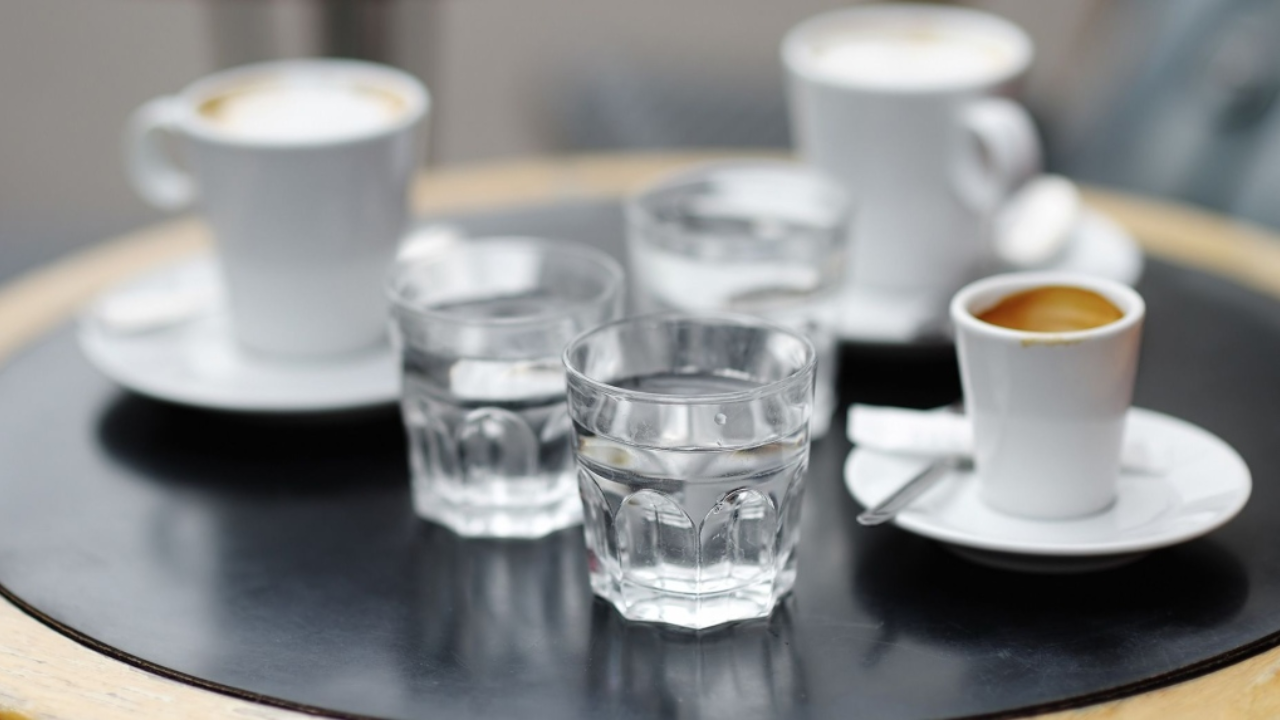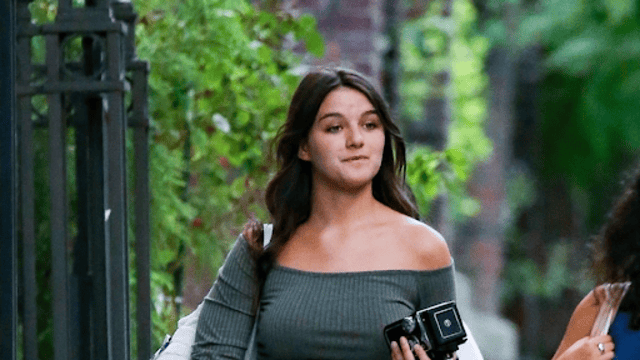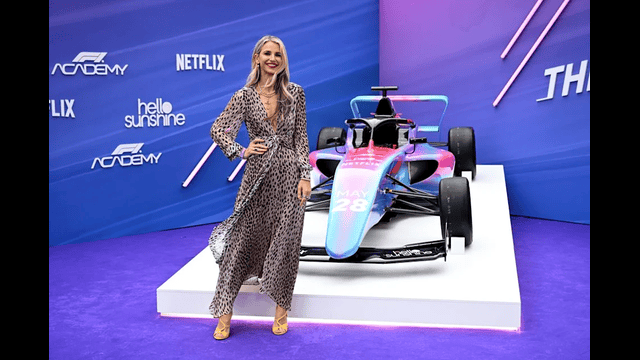
The discussion about tap water in Europe has gained widespread attention on social media in the last year.
American expat Helene Sula vividly recalls her eye-opening experience with European tap water. Dining at a restaurant in Germany, she requested water and was met with surprise. Instead of the customary large glass of ice water she expected, she was served a pricey liter bottle of sparkling water. This stark contrast to American dining norms left her baffled.
Moving to Germany later on, Sula noticed more peculiarities regarding water. While she and her husband always carried large bottles for hydration during outings, their European friends often went without, preferring wine when they did drink. This difference in attitudes towards hydration perplexed Sula.
Acknowledging the diversity within Europe, it's evident that water habits vary widely across different countries and cultures. Similarly, the United States is not homogenous in its water consumption practices, with preferences ranging from large water bottles to soda.
The social media realm has been abuzz with American travelers sharing their astonishment at European water customs. TikTok, for instance, saw posts from users like br3nnak3ough humorously illustrating the quest for water abroad, resonating with fellow Americans and sparking debate with Europeans.
Rob Murgatroyd, another American abroad, echoed similar sentiments on TikTok, marveling at the difference in water culture between the U.S. and Italy, where he now resides.
Helene Sula, who documents her expat life on her blog, Helene in Between, has weighed in on this discourse, emphasizing that tap water isn't freely served in European restaurants and often comes in small glasses, contrary to American expectations.
To delve deeper into these observations, CNN Travel sought insights from Stavros A. Kavouras, a hydration expert at Arizona State University. Kavouras, himself a Greek expat living in the U.S., offered a nuanced perspective on the cultural clash over water habits across the Atlantic.
Kavouras highlighted the diverse culinary traditions within Europe, which influence drinking preferences. He also debunked sweeping generalizations, pointing out that American travelers to Europe tend to be more affluent and educated, affecting their perspectives on hydration.
Despite the differences, Kavouras acknowledged potential variations in water consumption between the U.S. and Europe. For example, in Germany, sparkling water is often the default option, whereas tap water may not be readily available in restaurants.
Regarding cost, Kavouras noted that paying for bottled water is more culturally accepted in Europe, akin to tipping practices in the U.S. While this might surprise Americans, it's a norm for many Europeans.
When it comes to hydration guidelines, Kavouras noted differences between the U.S. and Europe, with varying recommendations for daily water intake. However, he emphasized that actual consumption levels may differ from these guidelines.
Social media's portrayal of tiny European water glasses and the American preference for large servings also reflects broader cultural differences, according to Kavouras. He amusingly noted how Americans often carry oversized water bottles, contrasting with European practices.
Ultimately, Kavouras stressed the importance of staying hydrated regardless of location. He advised American travelers to Europe to familiarize themselves with local water customs, carry reusable water bottles, and use public fountains to stay hydrated affordably.
In conclusion, while differences in water consumption habits between the U.S. and Europe spark lively debate, understanding cultural nuances and practical tips can help travelers navigate these disparities comfortably.















